The 50 Greatest Players in Boston Red Sox History
The 50 Greatest Players in Boston Red Sox History

Robert W. Cohen

Camden, Maine
Published by Down East Books
A wholly owned subsidiary of The Rowman & Littlefield Publishing Group, Inc.
4501 Forbes Boulevard, Suite 200, Lanham, Maryland 20706
www.rowman.com
16 Carlisle Street, London W1D 3BT, United Kingdom
Distributed by NATIONAL BOOK NETWORK
Copyright 2014 by Robert W. Cohen
All rights reserved. No part of this book may be reproduced in any form or by any electronic or mechanical means, including information storage and retrieval systems, without written permission from the publisher, except by a reviewer who may quote passages in a review.
British Library Cataloguing in Publication Information Available
Library of Congress Cataloging-in-Publication Data
Cohen, Robert W.
The 50 greatest players in Boston Red Sox history / Robert W. Cohen.
pages cm
Includes bibliographical references.
ISBN 978-1-60893-309-9 (cloth : alk. paper)ISBN 978-1-60893-310-5 (electronic)
1. Boston Red Sox (Baseball team)Biography. 2. Boston Red Sox (Baseball team)History. 3. Baseball playersUnited StatesBiography. I. Title. II. Title: Fifty greatest players in Boston Red Sox.
GV875.B62C65 2014
796.357'640974461dc23 2014027376
 The paper used in this publication meets the minimum requirements of American National Standard for Information SciencesPermanence of Paper for Printed Library Materials, ANSI/NISO Z39.48-1992.
The paper used in this publication meets the minimum requirements of American National Standard for Information SciencesPermanence of Paper for Printed Library Materials, ANSI/NISO Z39.48-1992.
Printed in the United States of America
This book is dedicated to the victims of the Boston Marathon Bombings, their families, and any other individuals who suffered losses from this terrible tragedy.
Acknowledgments
I would like to express my gratitude to the grandchildren of Leslie Jones, who, through the Trustees of the Boston Public Library, Print Department, supplied many of the photos included in this book.
Special thanks go out to the Boston Red Sox, who generously provided me with several of the pictures contained herein.
I also wish to thank Keith Allison, Dick Leonhardt, Jerry Reuss, Richard Albersheim, Stuart Merle, Paul W. Locke, and Ted Straub, each of whom generously contributed to the photographic content of this work.
Introduction
The Red Sox Legacy
Founded in 1901 as one of the newly formed American Leagues eight charter franchises, the team that eventually became known as the Boston Red Sox spent its first seven seasons playing without an official nickname. Although Bostons entry in the infant circuit ended up having various monikers affixed to it during that period, including the Americans, Pilgrims, and Somersets, it wasnt until 1908 that the team officially adopted the nickname Red Sox. Yet, the absence of a widely accepted appellation did not prevent the team from Boston from establishing itself as one of the junior circuits most formidable squads, even as ownership of the ball club passed from Charles Somers to John I. Taylor. After finishing second and third in their first two years of existence, the Pilgrims (as they were most often called) captured their first American League pennant in 1903, after which they defeated the favored Pittsburgh Pirates, five games to three, in the first modern World Series. They won the pennant again the following year, although the refusal of the NL champion Giants to play them in the World Series denied them the opportunity to defend their world championship. Legendary pitcher Cy Young, player-manager Jimmy Collins, and slugging first baseman/outfielder Buck Freeman served as the teams most prominent figures during the franchises formative years.
Boston proved to be far less successful the next several seasons, finishing higher than fourth just once between 1905 and 1911. However, after moving from Huntington Avenue Groundsa onetime carnival sightinto newly constructed Fenway Park in 1912, the Red Sox began their next period of dominance. Led by hard-throwing right-hander Smoky Joe Wood and Hall of Fame outfielder Tris Speaker, the Red Sox ran away with the American League pennant in 1912, finishing 14 games ahead of the second-place Washington Senators. They then defeated the New York Giants in the World Series, four games to three, to win their second official world championship.
The Red Sox failed to repeat as AL champions in either of the next two seasons under new owner Joseph Lannin. But they established themselves as baseballs dominant team from 1915 to 1918, winning three more World Series, with star pitcher Babe Ruth leading them to victory in the 1916 and 1918 Fall Classics.
After experiencing so much success throughout most of the first two decades of the 20th century, the Red Sox entered into a prolonged period of futility shortly after Harry Frazee purchased them from Lannin in 1916. A theatrical producer more concerned with acquiring the funds necessary to finance his other primary interests than putting together a successful baseball team, Frazee ended up auctioning off most of his best players to other clubs, beginning the purging by selling Babe Ruth to the Yankees on December 26, 1919. Bostons subsequent failures, which consequently came to be known as the Curse of the Bambino, extended from 1919 to 1933, a period during which the Red Sox finished last in the American League nine times.
Things began to improve dramatically for the Red Sox in 1933, when 30-year-old millionaire Tom Yawkey purchased them from Bob Quinnthe teams owner for the previous ten seasons. After building the Green Monster in left field as part of Fenway Parks reconstruction, Yawkey set about rebuilding his team. First, he improved the Red Sox pitching staff by acquiring Wes Ferrell from the Cleveland Indians and Lefty Grove from the Philadelphia Athletics. He then traded for shortstop Joe Cronin and slugging first baseman Jimmie Foxx. Yawkey also rebuilt the Red Sox farm system, which soon began producing talented players such as Bobby Doerr, Ted Williams, Dom DiMaggio, and Johnny Pesky.
Before long, the Red Sox became a perennial pennant contender, capturing one league title and finishing second six times between 1938 and 1949. Nevertheless, they always seemed to come up just a bit short. Making their first World Series appearance in 28 years in 1946, the Red Sox fell to the St. Louis Cardinals in seven games, losing the series finale on Enos Slaughters legendary mad dash around the bases. Two years later, the Red Sox failed to earn a return trip to the Fall Classic when the Cleveland Indians defeated them in a one-game playoff. Boston held a one-game lead over New York with just two games left to play the very next year, but again came up short when the Yankees defeated them in the final two games of the regular season.
Boston remained a solid team throughout much of the 1950s, due primarily to the presence of Ted Williams in their everyday lineup. But the Sox found themselves unable to compete successfully after Williams announced his retirement in 1960, compiling a losing record seven straight times from 1960 to 1966.
The emergence of Carl Yastrzemski as a true superstar enabled the Red Sox to finish first in one of the most hotly contested pennant races in baseball history in the Impossible Dream season of 1967. However, the Sox again barely missed achieving their ultimate goal, losing the World Series to the Cardinals in seven games.


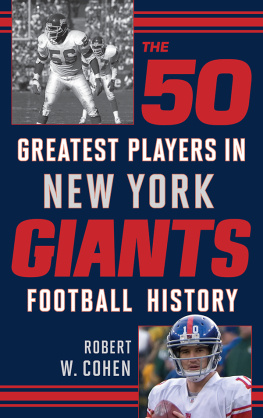
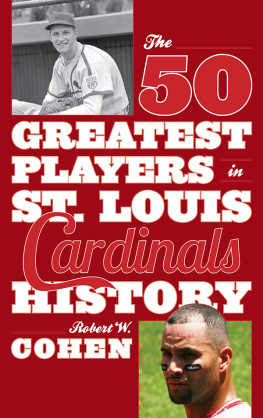
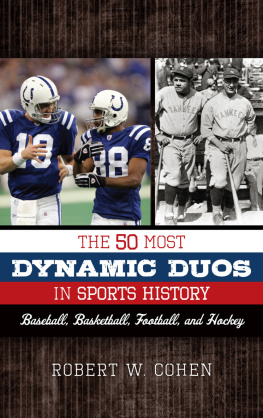


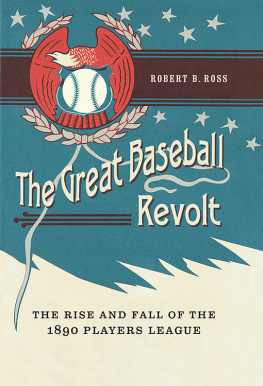
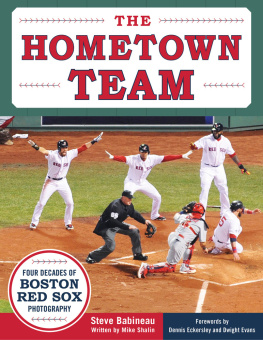
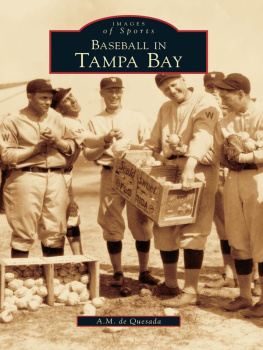
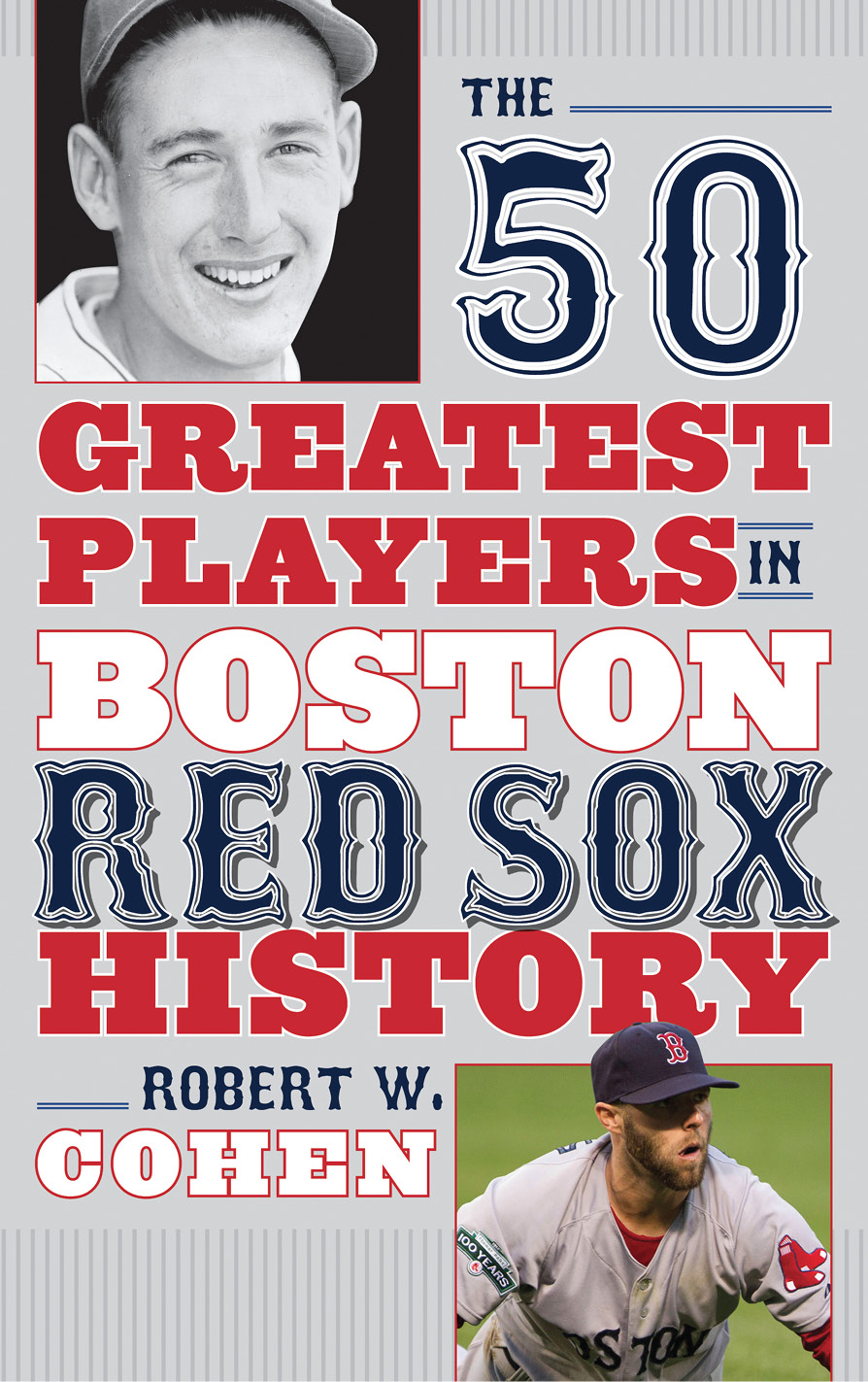


 The paper used in this publication meets the minimum requirements of American National Standard for Information SciencesPermanence of Paper for Printed Library Materials, ANSI/NISO Z39.48-1992.
The paper used in this publication meets the minimum requirements of American National Standard for Information SciencesPermanence of Paper for Printed Library Materials, ANSI/NISO Z39.48-1992.